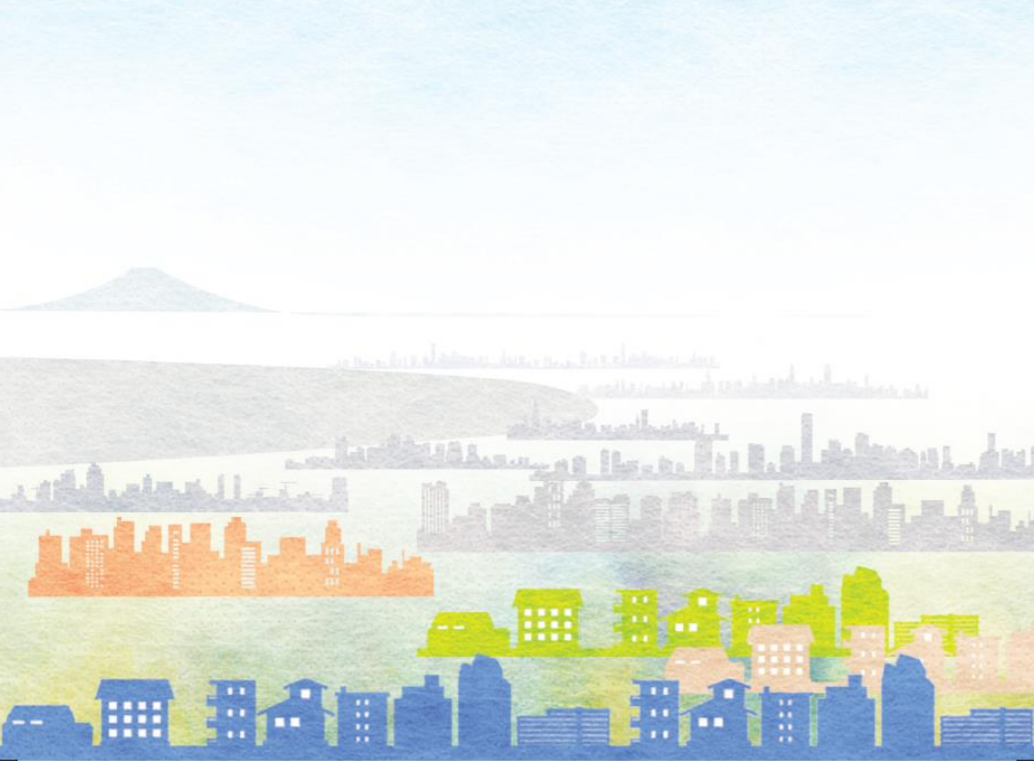New Year’s Day 2021
This year, although we had New Year’s Day, it is hard to say “Happy” New Year.
At the beginning of the year, I would like to express our sincere gratitude to all the medical personnel and many others who are still engaged in hard work fighting the menace of the novel coronavirus infection (COVID-19). Furthermore, I pray that the day will come as soon as possible when those who are experiencing trouble in their daily lives will feel at ease.
Now is the time for the next generation of young people to think about COVID-19 and others. We have all lived for almost a year in a completely different environment. How did you spend most of your time in the anxious and uncertain environment of COVID-19? If you’ve written your schedule in a notebook, diary, or calendar, please try to measure how many hours you spent in a month or week in 2020. For example, what was the daily hourly average of how you passed your time in April, August, and December 2020? Compare it with the daily average of the way you spent your time in the same month a year previously.
Please calculate the approximate average time spent on the following three kinds of activities: 1. Average time for physiologically necessary activities (primary activities) such as sleeping, eating, and bathing; 2. Average time for absolutely necessary activities (secondary activities) such as commuting to school or work, schoolwork, housework, childcare, and long-term care; and 3. Average time for activities (tertiary activities) in your free time, which are generally referred to as leisure activities, such as watching television, resting, learning other than at school, self-development, hobbies, entertainment, sports, and dating. (See Note).
Especially, ask what was the activity that you spent the most time on in the breakdown of the tertiary activities? The spent time on those activities is the key to opening the door to your future. Do not ignore the activity that you devoted your maximum time to, rather cherish it, and think of it as a clue to connect the activity with your individuality, charm, and strength. I would like you to think about how you make use of that activity so that it will help those who are in trouble in their daily lives as a result of COVID-19. It may take 3 to 5 years or more to reach a conclusion about that.
However, I would like young people to realize for themselves by adopting such a medium- to long-term perspective and by making the most of their individuality, charm, and strengths. I wish you all the best of luck this year as well.
(Note) For the definition of the average time of the primary activity, secondary activity, and tertiary activity here, see the living times outlined in the document entitled “Social Life: Basic Survey” (in Japanese), which is available at https://www.e-stat.go.jp/koumoku/koumoku_teigi/M (Accessed on 2020.12.30)
This essay is the English version of No. 198, January 1, 2021 on the Japanese website.
(Author: Akira Yokoyama)
